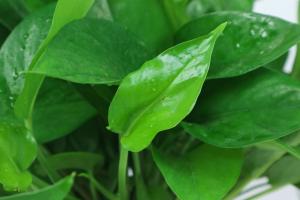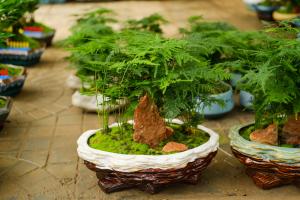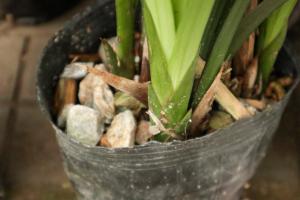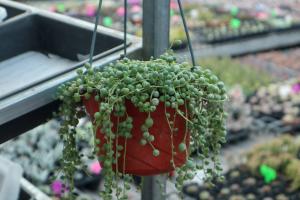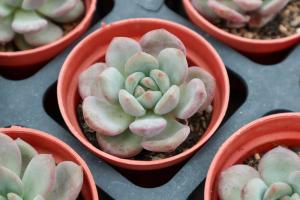1、 Curing method
1. Temperature: smelly peony grows well in warm places. The specific range is between 18 and 22 degrees, which can be maintained during its normal growth and reproduction. In addition, it can't stand very low temperature in winter. Generally speaking, eight to twelve degrees is more suitable
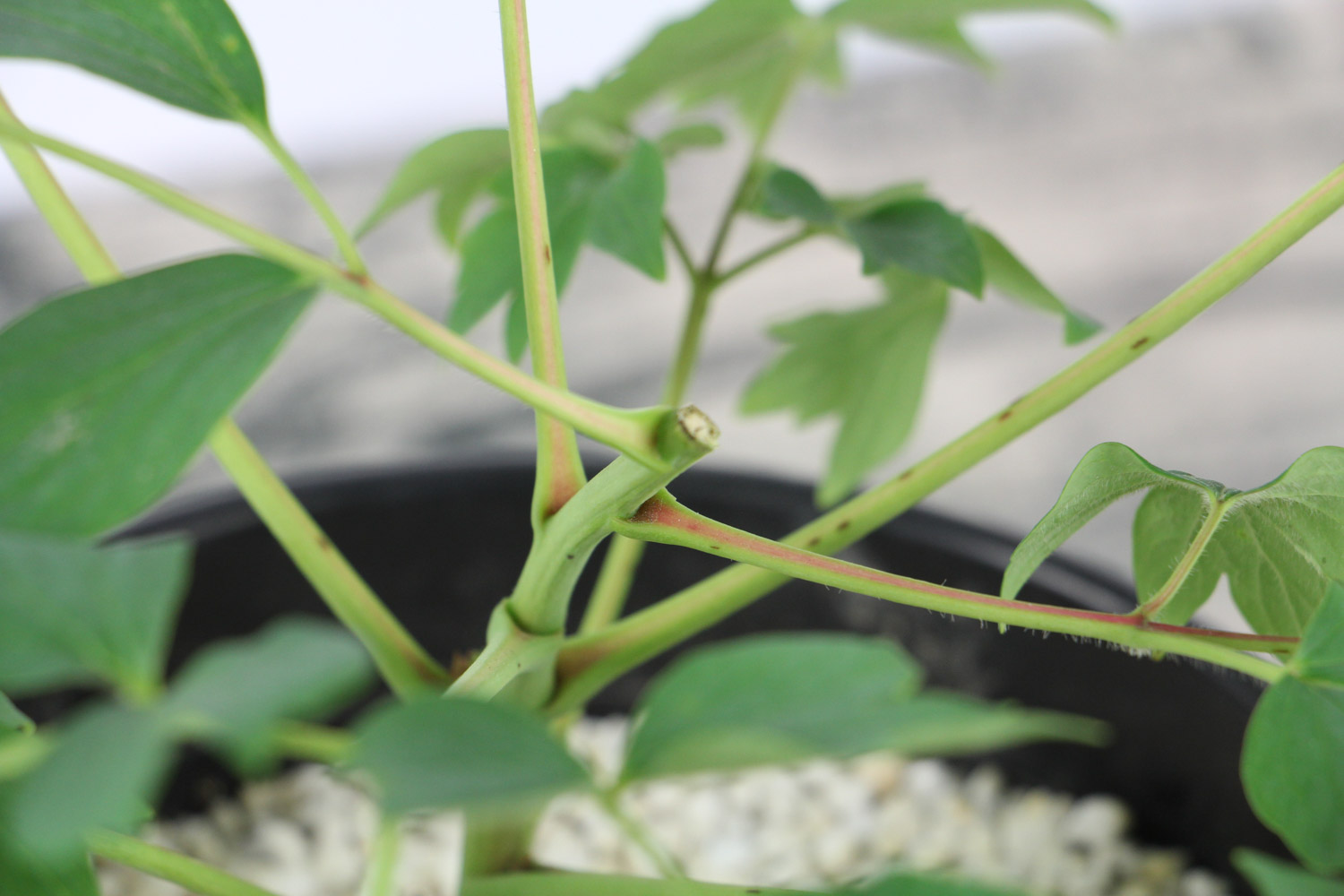
2. Light: smelly peony doesn't like strong light, but it can't have no light during its growing season. In other words, half shade is more suitable, and wild smelly peonies are generally distributed in half shade hillsides and other places. Shade is needed in summer and in other seasons in case of strong light
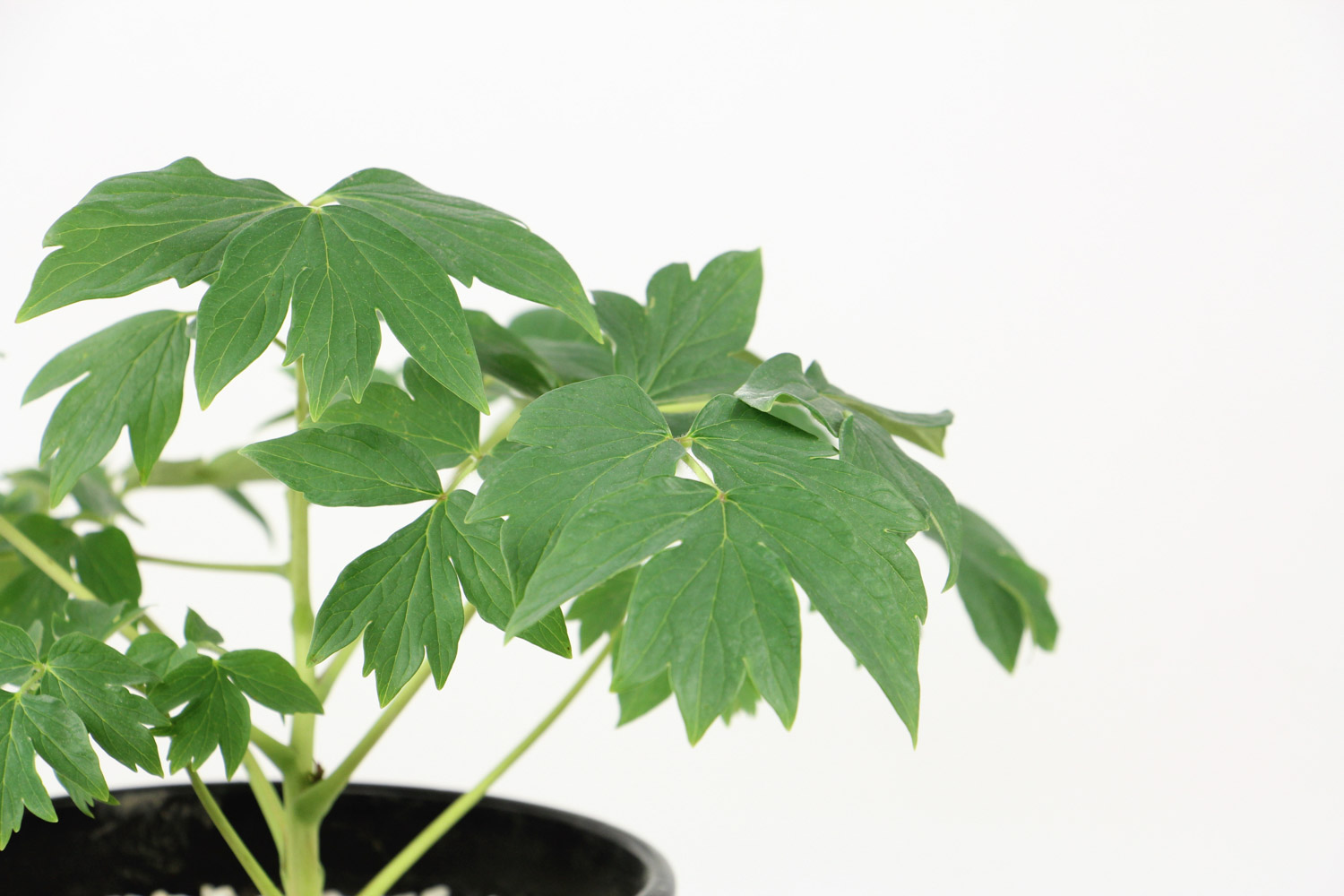
3. Watering: smelly peony likes to be wet, and wild plants also grow in wet places. Therefore, it is very important to supplement sufficient water at ordinary times. However, in rainy seasons, we should pay a little attention to rain prevention and drainage

4. Fertilization: the demand for fertilizer of stinky peony is not too much. You can choose to plant it in a place with deep soil layer and rich nutrition. After that, topdressing is basically unnecessary
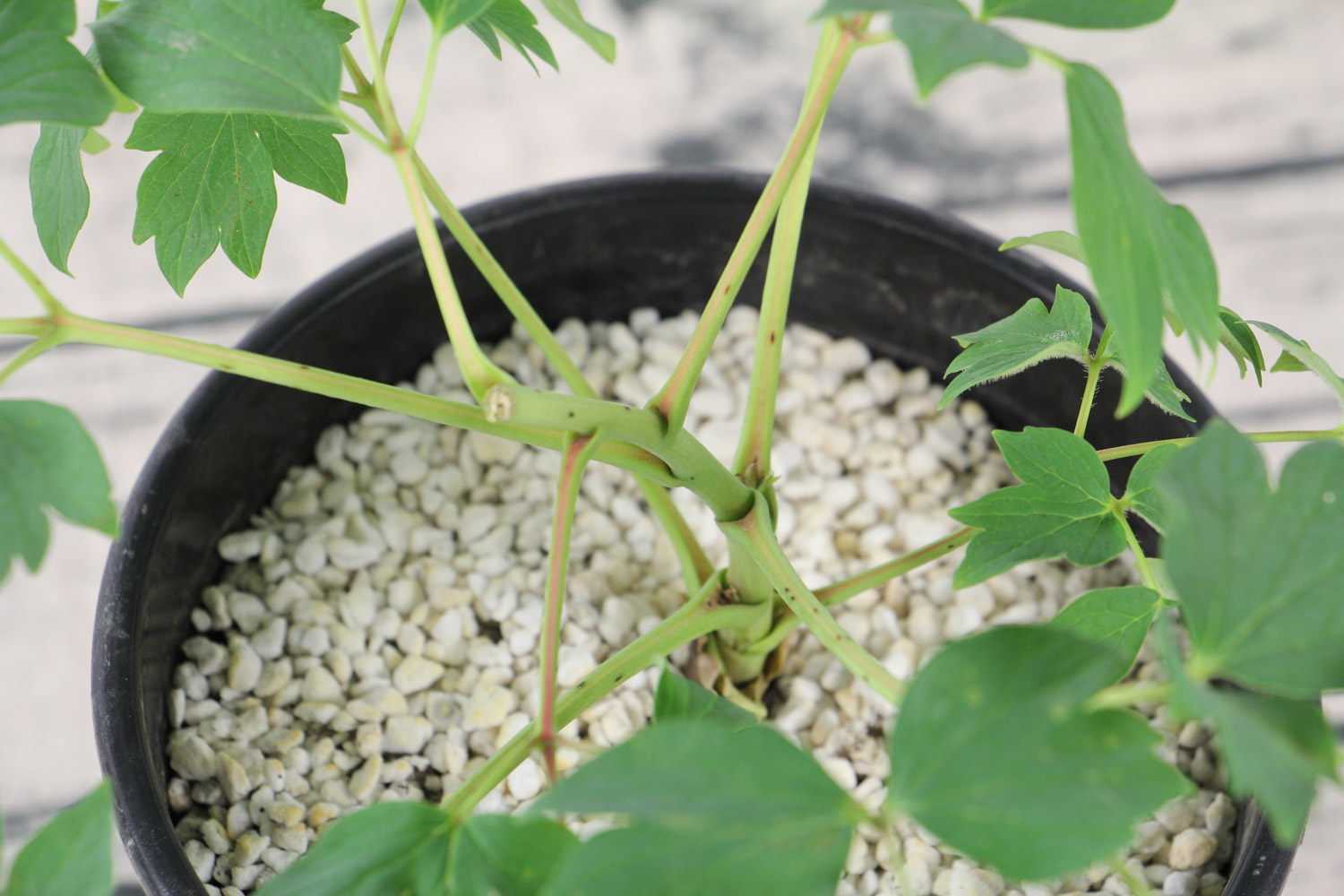
2、 Breeding skills
1. Reproduction: ramets can be used. In this way, it can be carried out after falling leaves in autumn or winter, or before budding in spring. The method is relatively simple. Just cut off the tillers on the ground and plant them separately. After planting, you should also pay attention to a little shade, avoid strong light, and ensure humidity
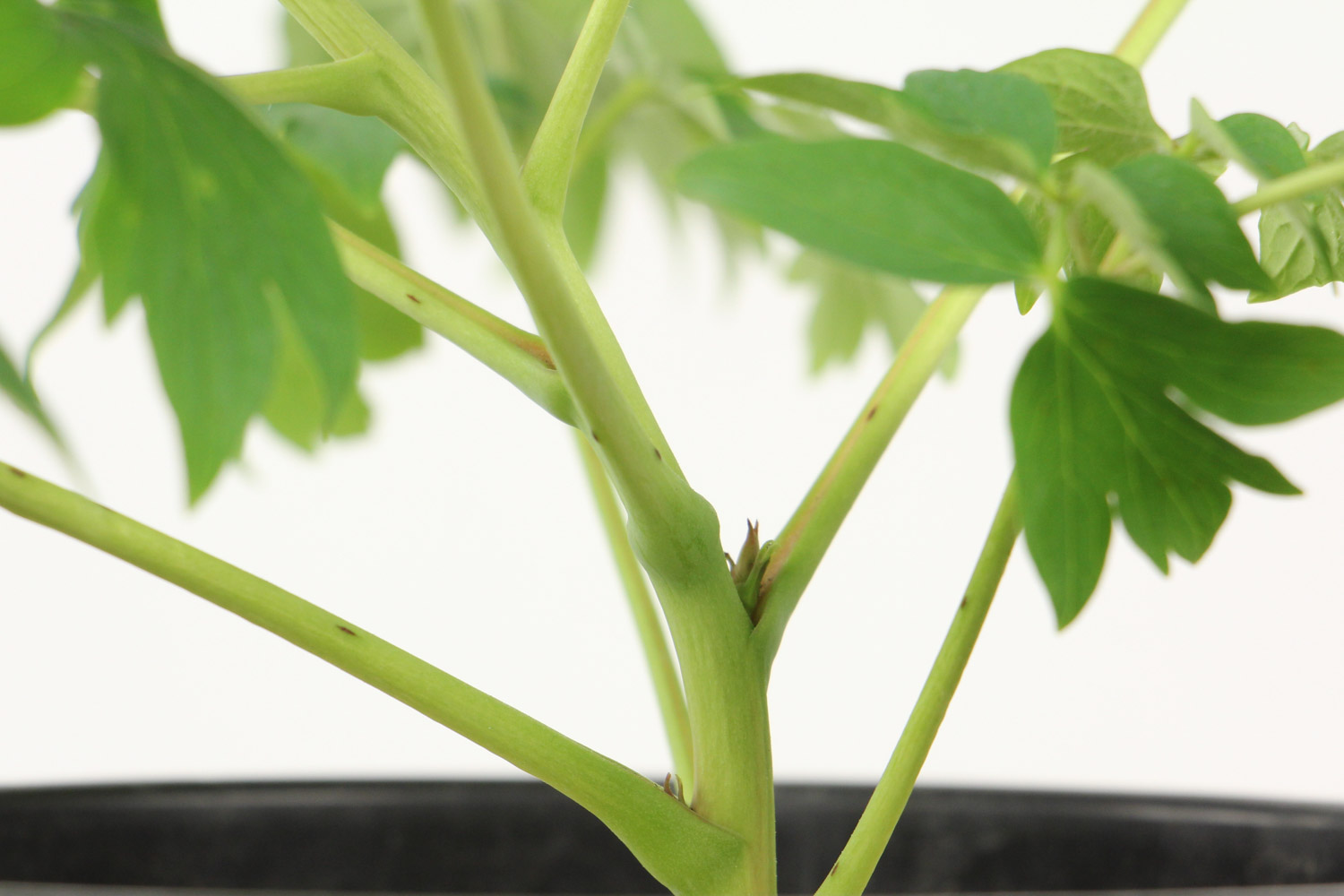
2. Pruning: Generally speaking, may and June are good seasons for concentrated pruning. The first task is to cut off the rainy sprouts and seedlings, and then cut off the dry parts. Moreover, when entering winter, it is best to cut off the dry parts on the ground to avoid diseases and pests

3、 Problem diagnosis and treatment
1. Disease: a common disease is "rust", and the other is "gray mold". These two diseases are more likely to occur in summer and autumn. If it is the former, it can be controlled by weixiuling. If it is the latter, it can be controlled by Benadryl bacteria

2. Insect pests: the main species are "leaf beetle", "thorn moth", etc. It can be killed by enemy

4、 Other issues
1. Toxicity: although its smell is unpleasant, it is non-toxic. Moreover, it is also a good medicinal material

2. Whether it can be raised at home: generally not, it is not an ornamental plant< a>


 how many times do yo...
how many times do yo... how many planted tre...
how many planted tre... how many pine trees ...
how many pine trees ... how many pecan trees...
how many pecan trees... how many plants comp...
how many plants comp... how many plants can ...
how many plants can ... how many plants and ...
how many plants and ... how many pepper plan...
how many pepper plan...